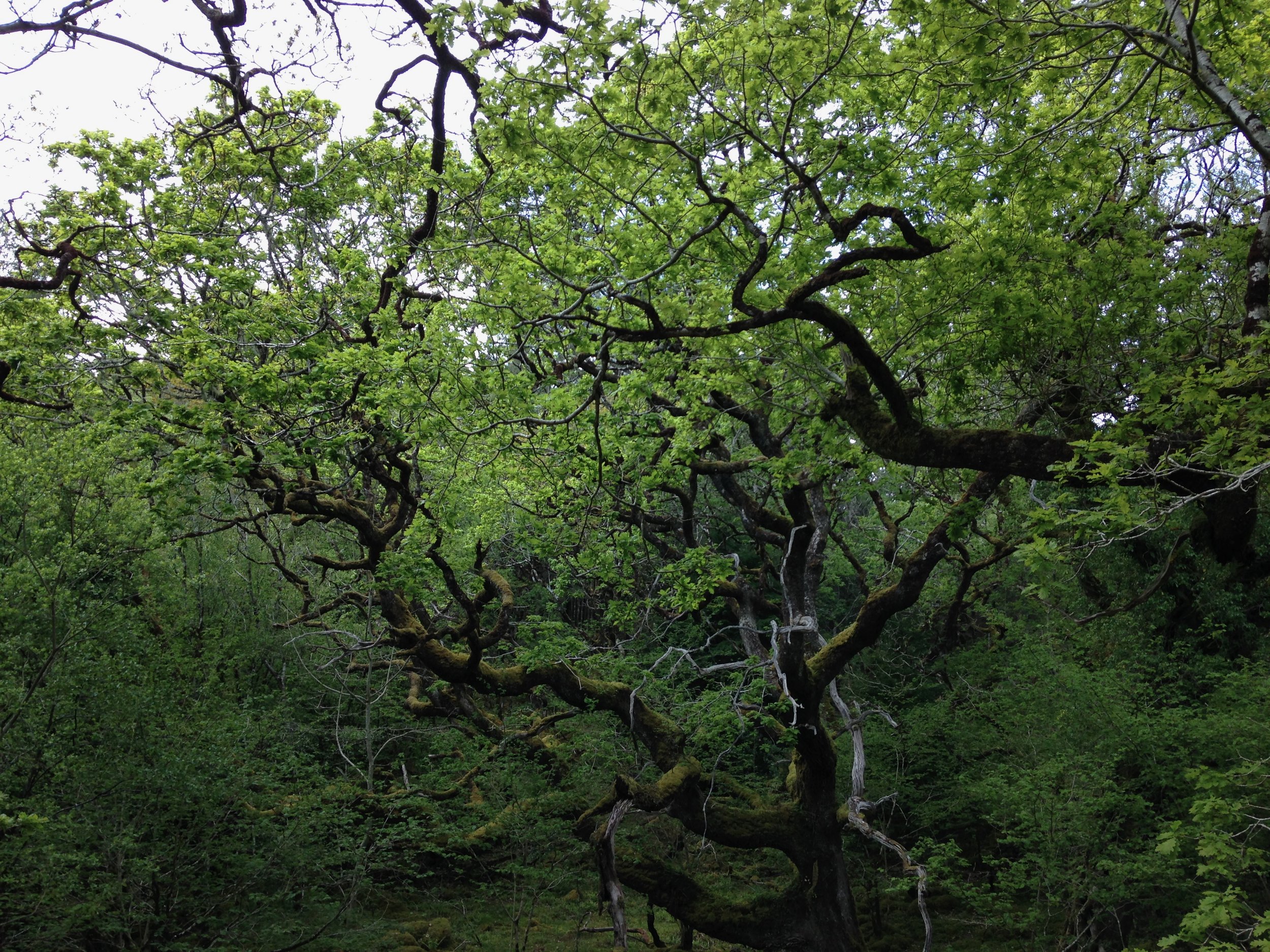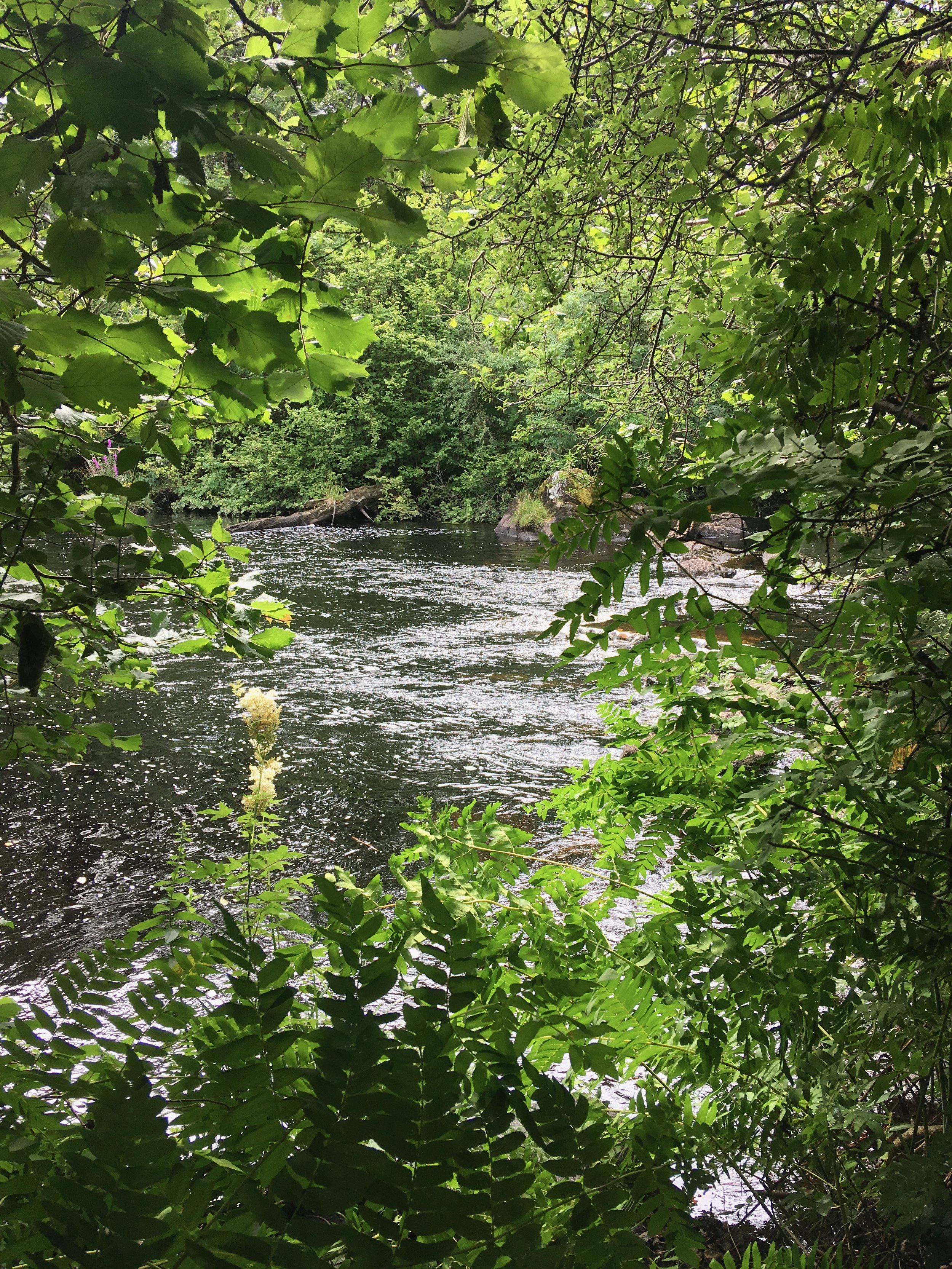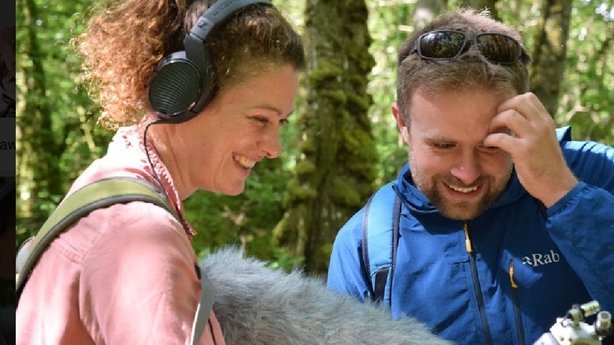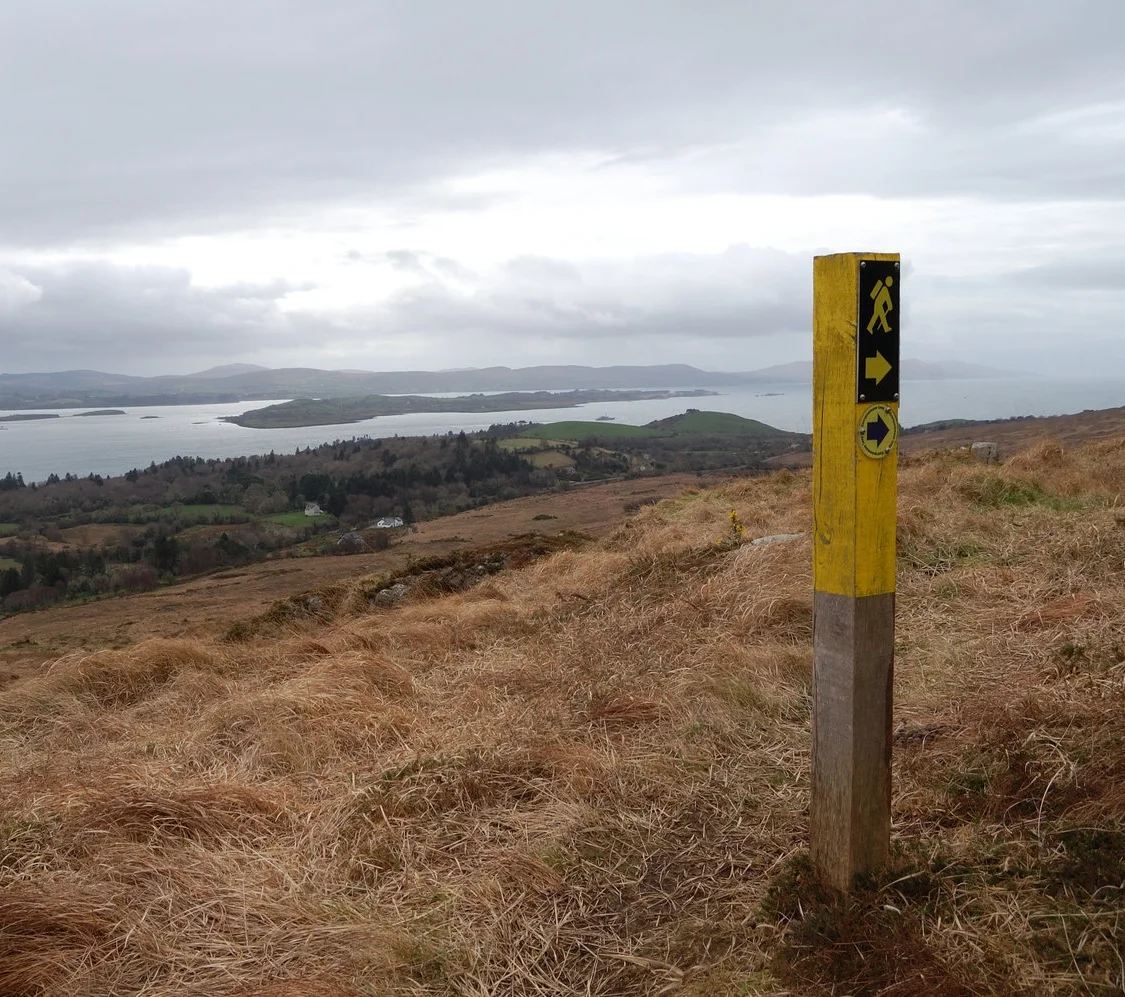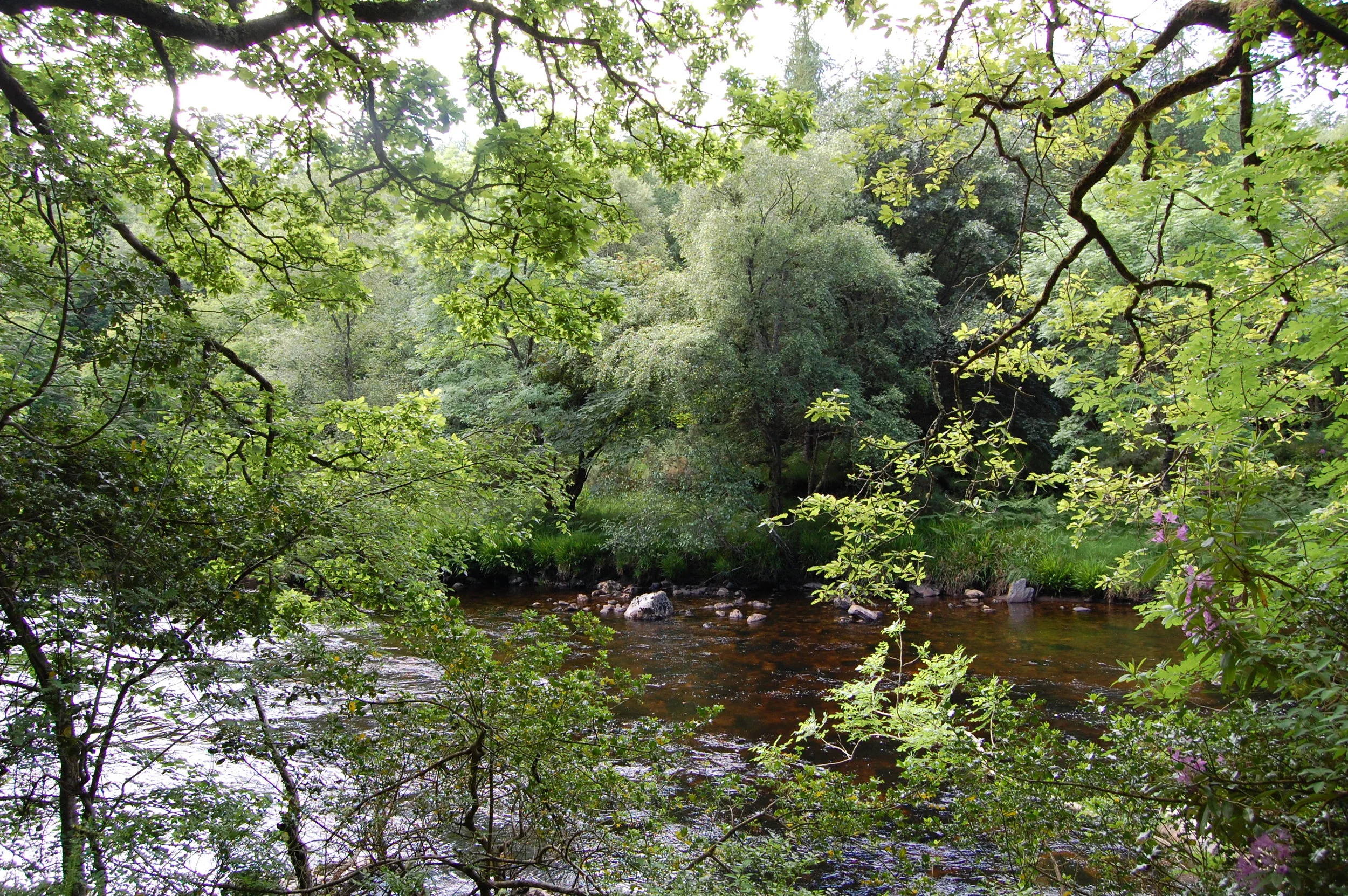White-tailed eagles went extinct in Ireland a century ago. Lenny Antonelli visits an ambitious project returning these huge raptors to Irish skies.
BBC Wildlife, December 2016
Our boat moves over clear green water, gliding towards the massive nest. Nearby a common seal dozes on a rock exposed by the low tide, while off to our stern another lifts its head above the water. It’s June and I’m on the Lady Ellen, a small boat piloted by ferryman Kevin Jer O’Sullivan.
We’re motoring over Glengarriff Harbour, a sheltered bay dotted with wooded islands and surrounded by old oak forests, in County Cork in the south-west of Ireland.
Kevin slows the boat as we approach the nest, high above in a Scots pine. But branches obscure the big white-tailed eagle chick, making him difficult to see. “Wait ’til I show you herself!” Kevin says in his thick Cork accent. He points to the vast adult female on a branch right ahead of us. I’m stunned into silence.
Later that morning, watching the nest from the shore, National Parks & Wildlife Service ranger Clare Heardman tells me this bird’s dramatic story. She and her mate were among 100 white-tailed eagles released into nearby Killarney National Park in 2007–11, as part of an ambitious plan to re-establish the species in Ireland.
In 2014 the Glengarriff pair hatched their first chick, but it died after two weeks. The next summer two chicks hatched – again, one died, but the other chick developed well and Clare looked forward to it becoming the first eagle hatched in Cork in more than a century.
Read More



